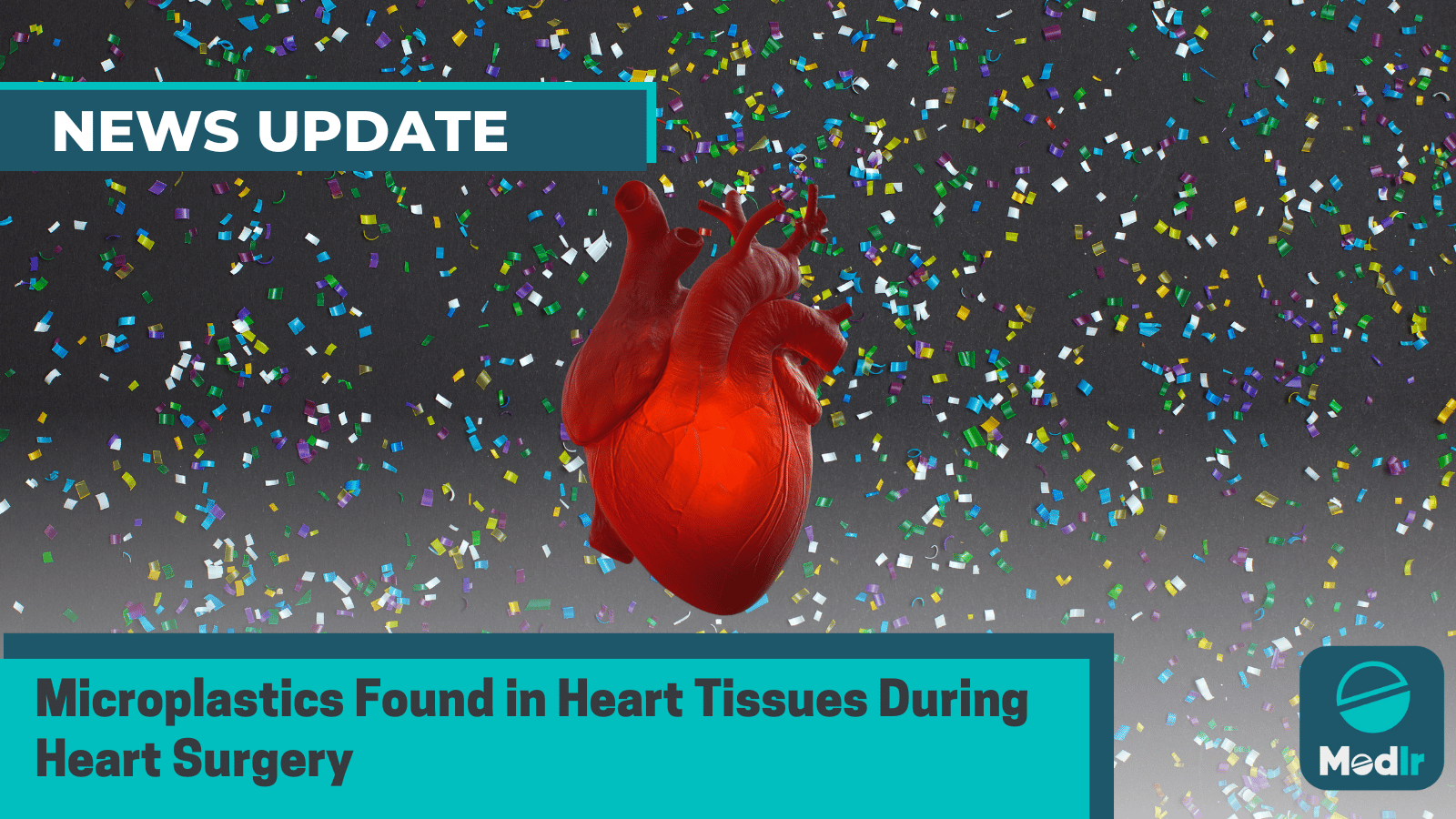Microplastics Found in Heart Tissues During Heart Surgery
Written by Shaveta Arora, Arushi Sharma
Discover how a pilot study found microplastics in heart tissue samples of surgery patients, shedding light on the unintended introduction of these particles during medical procedures.

A pilot study in ACS' Environmental Science & Technology found microplastics in heart tissue samples of patients who underwent heart surgery. The study supports the idea that heart surgery procedures inadvertently introduced microplastics. Improper disposal and mismanagement of plastic waste have led to ecological issues, as plastic breaks down into microplastics (MPs) and nanoplastics (NPs), affecting aquatic and terrestrial organisms.
Microplastics in Heart Surgery Procedure
Microplastics, which are plastic fragments smaller than 5 millimeters, have the ability to enter the human body through various openings like the mouth, nose, and other cavities connected to the outside environment.
Once these plastic particles are inside the human body, they can engage with circulating cells and trigger an inflammatory response. The interaction between nano plastics (NPs) and plasma proteins facilitates their transportation to distant organs, including the heart.
Researchers aim to investigate microplastic exposure and its impacts on human organs and tissues, examining direct and indirect routes of exposure to heart tissue.
Researchers collected heart tissue samples from 15 individuals undergoing cardiac surgeries and blood samples from half. They used laser direct infrared imaging to examine samples, revealing particles ranging from 20 to 500 micrometers in width. These particles were made of eight plastic types, including polyethylene terephthalate, polyvinyl chloride, and poly (methyl methacrylate).
By employing this technique, the researchers managed to identify tens to thousands of individual microplastic fragments in the majority of the tissue samples. However, the quantities and types of materials varied among the participants. Plastic particles were also present in all the blood samples, but their average size decreased after surgery, and they originated from a wider array of plastic types.
Despite its limited participant pool, the study has presented initial proof that different microplastics can amass and endure within the heart and its inner tissues. The researchers emphasize that these findings underscore the unnoticed pathway of microplastic exposure through invasive medical procedures, granting direct entry to the bloodstream and internal tissues.
Further research is essential to gain a comprehensive comprehension of the impact of microplastics on an individual's cardiovascular system and their post-heart surgery prognosis.